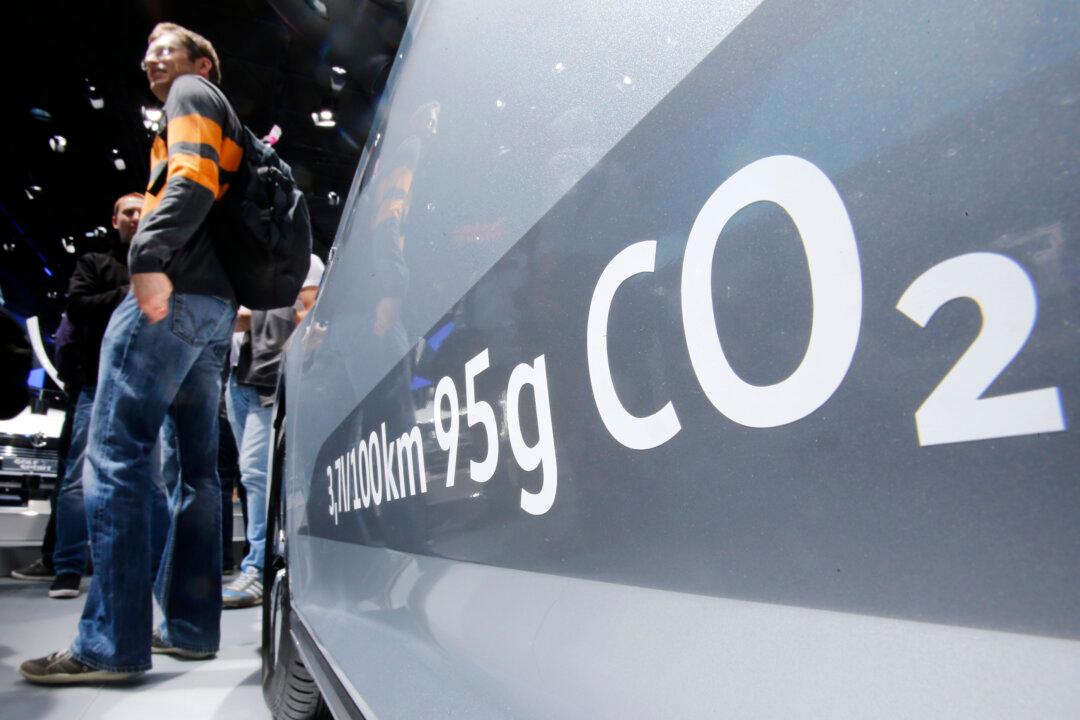CHARLESTON, W.Va.—A West Virginia University research unit that helped expose Volkswagen AG’s smog-test scandal had been involved in another emissions test two decades ago involving polluting trucks that had similar results.
In October 1998, the WVU Center for Alternative Fuels, Engines and Emissions discovered that more than 1.1 million trucks whose heavy-duty diesel engines had passed emission inspections at the factory were polluting much more than allowed because of devices designed to overcome emissions controls, Dan Carder, interim director of the unit, told The Associated Press on Tuesday.
The Justice Department publicly announced the findings, after which several manufacturers agreed to a $1 billion settlement.
In the Volkswagen case, the WVU research team was hired by nonprofit pollution control advocate International Council on Clean Transportation to measure emissions on three cars: a 2012 VW Jetta, a 2013 VW Passat and a BMW X5 SUV.
The BMW passed, but the university found significantly higher emissions from the Volkswagens, according to the U.S. Environmental Protection Agency.
The university and the council reported their findings to the EPA and the California Air Resources Board in May 2014, but VW blamed the problem on technical issues and unexpected conditions. The automaker even did a recall late last year, without much improvement, the EPA said.
Only when the EPA and the California board refused to approve VW’s 2016 diesel models for sale did the company acknowledge putting stealth software in millions of its vehicles worldwide.
In informing Volkswagen of the violations, the EPA and CARB cited WVU’s research.
Because smog tests are almost always done on dynamometers, VW got away with the scheme for seven years, until the “clean transportation” advocates went to WVU, which tests emissions using equipment that fits in car trunks.
Instead of doing the tests in West Virginia, researchers took their wares to the West Coast, where diesel cars were easy to find.
At the CARB test facility, “these vehicles were performing just as we would imagine,” Carder said. “It wasn’t until we took them out onto the open road that we saw the discrepancies in their performance. You’re putting these suitcase devices in the car and operating the car over the real-world driving cycle. We pioneered this work back in 1998.”





